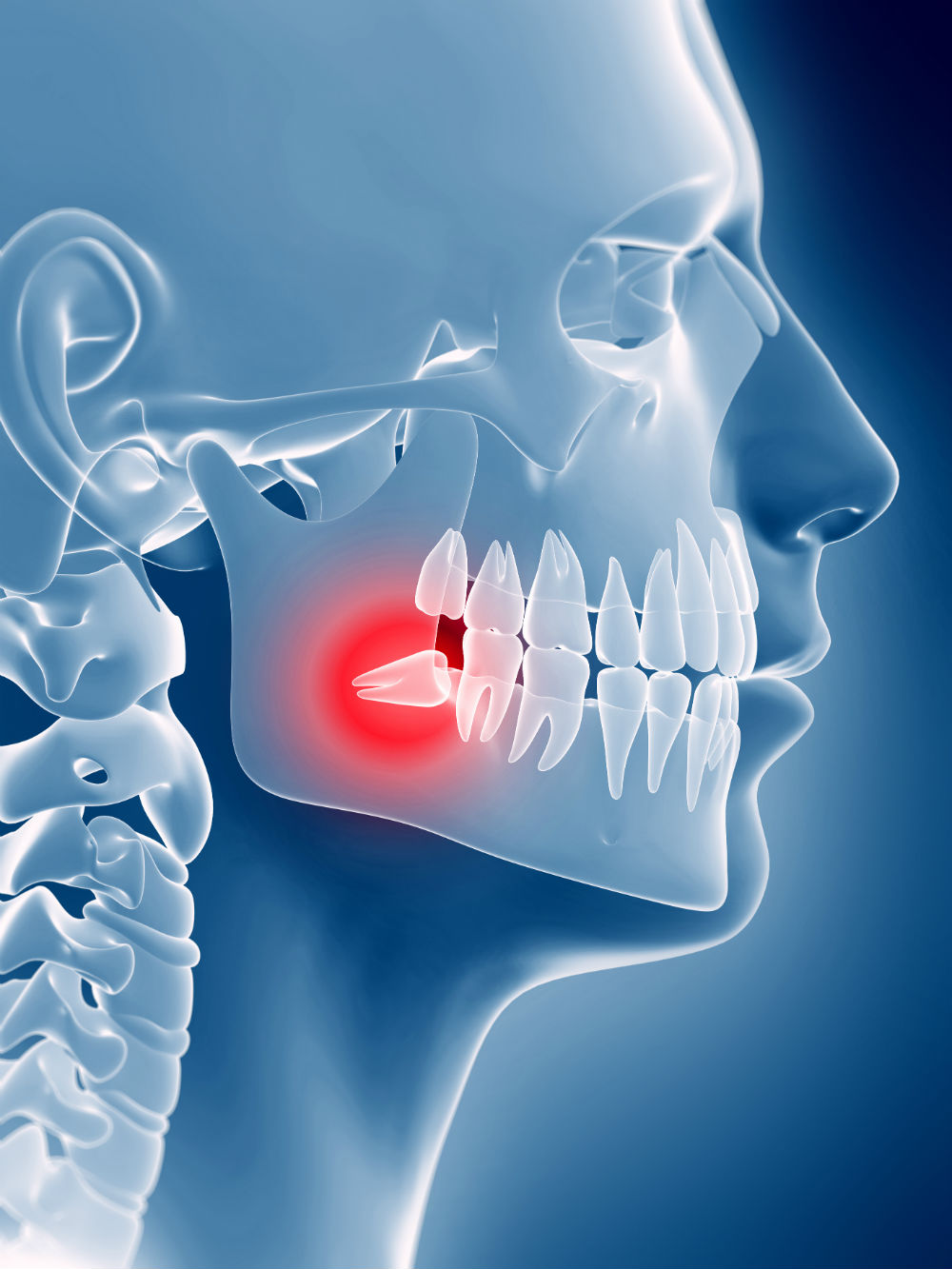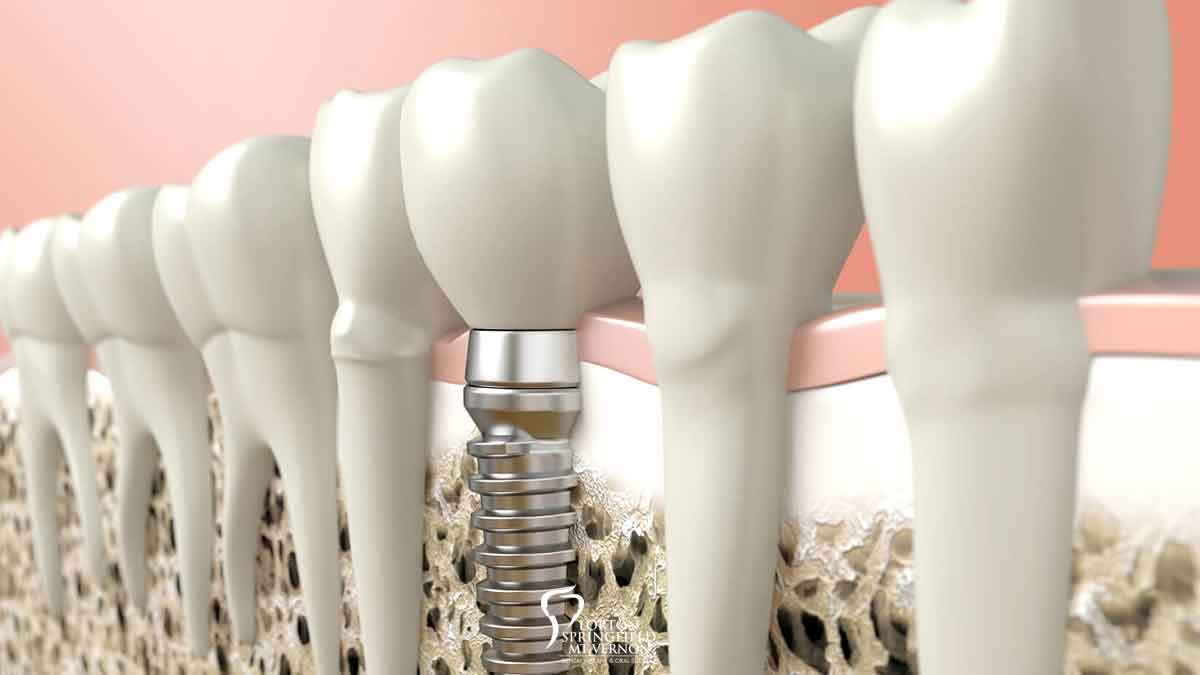This Article Has Been Medically Approved By


If you are considering dental implants, you are already on your way to a great new smile! Dental implants work as sturdy supports for artificial teeth, which look and function like your natural teeth. For the best outcome possible, your jaws and gums must be in prime condition. In some cases, this means bone grafting.
Your teeth are held in place by tissue, ligaments and very strong bones. Gum disease and other dental health problems can cause these tissues and the jawbone to deteriorate. In fact, the same problems that caused you to lose teeth might also cause you to lose some of the bone that holds your teeth in.
Low Bone Density and Bone Loss Can Make Bone Grafting Necessary
A healthy jawbone is very dense, thick and sturdy, and has a strong structure that helps hold your teeth in place. Higher-density jawbones do a better job of holding onto teeth than do jawbones with less density. Interestingly enough, your jawbone actually loses density when you lose a tooth.
Losing teeth can also cause your jawbone to deteriorate and become shorter and narrower. If you are like most people, you will experience a 25 percent decrease in the width of the jawbone during the first year after losing a tooth. The height of your jawbone where you lost the tooth will also decrease, by as much as 4 millimeters over the next few years.
Bone loss happens when bones lose calcium, which is the mineral that gives bones their density and strength. When bones lose calcium, they also lose their ability to do their job, such as holding onto your teeth.
Calcium is important for a number of functions in your body, and calcium is only available through the food you eat. Your body does a good job of conserving calcium by only sending calcium to the areas that need it.
When you chew food, your tooth presses against the bone. This chewing action sends a signal to your brain that your jaw is serving its primary purpose. In response, the brain tells the body to send calcium to your jawbone to keep it strong.
When you lose a tooth, nothing presses against the bone as you chew, so your brain does not receive the signal that your jawbone is doing its job. Consequently, your brain diverts calcium to other parts of your body. The affected area of your jawbone may not get all the calcium it needs, and you might experience bone loss.
In fact, you might experience so much bone loss that your jawbone cannot support dental implants. Bone grafting is a procedure that helps restore your jawbone so that it can support a dental implant.
Bone grafting involves adding processed bone minerals to the bone. Your jawbone absorbs the bone minerals and becomes stronger.
When Bone Grafting is Necessary
While there are several reasons doctors may perform bone grafts, oral surgeons typically perform bone grafting either to prevent bone loss after tooth extraction or to prepare a patient’s jawbone for dental implants.
In the first procedure, oral surgeons add the bone minerals to the socket where the extracted tooth used to sit. Oral surgeons often refer to this procedure as a “socket graft.” The grafted bone minerals replace the calcium and other minerals that would normally decrease as the result of the missing tooth. Your jawbone absorbs the minerals slowly over the year, and retains its density and strength. Not everyone needs socket grafting after a tooth extraction; your oral surgeon can determine if you need this type of bone grafting after tooth extraction.
You may need to undergo bone grafting if you want dental implants but your jawbone is no longer thick enough to support it. Your oral surgeon can determine if you need bone grafting prior to dental implants.
For more information on when bone grafting is necessary, consult with your oral & maxillofacial surgeon today.



